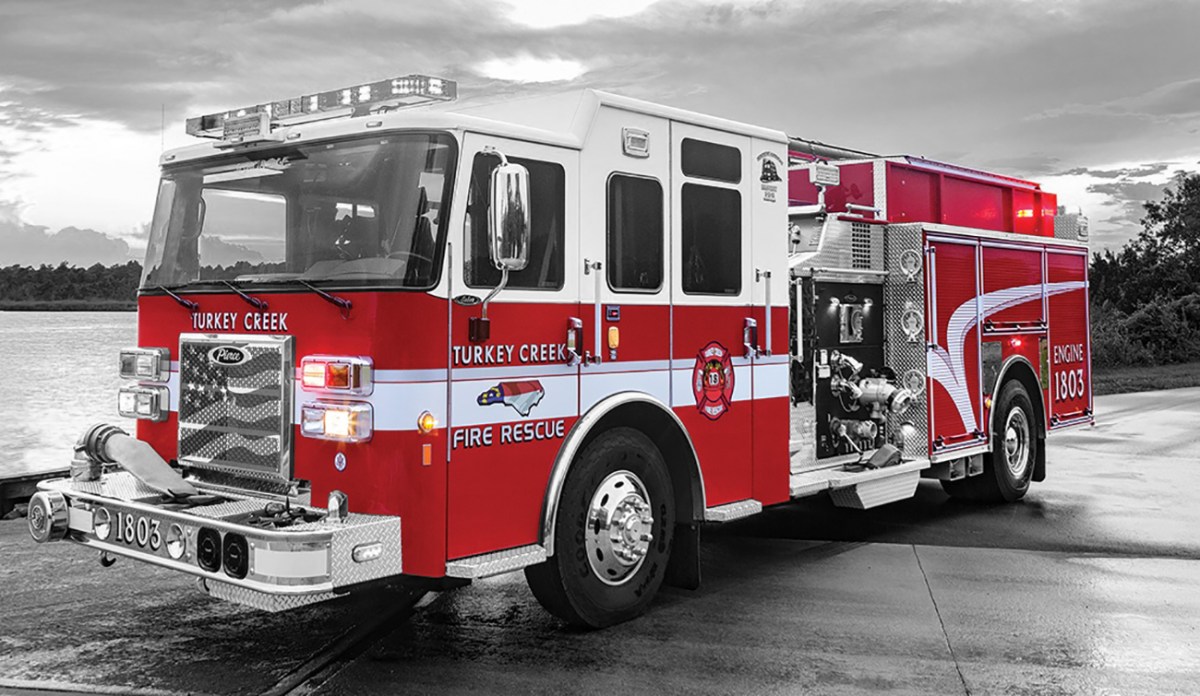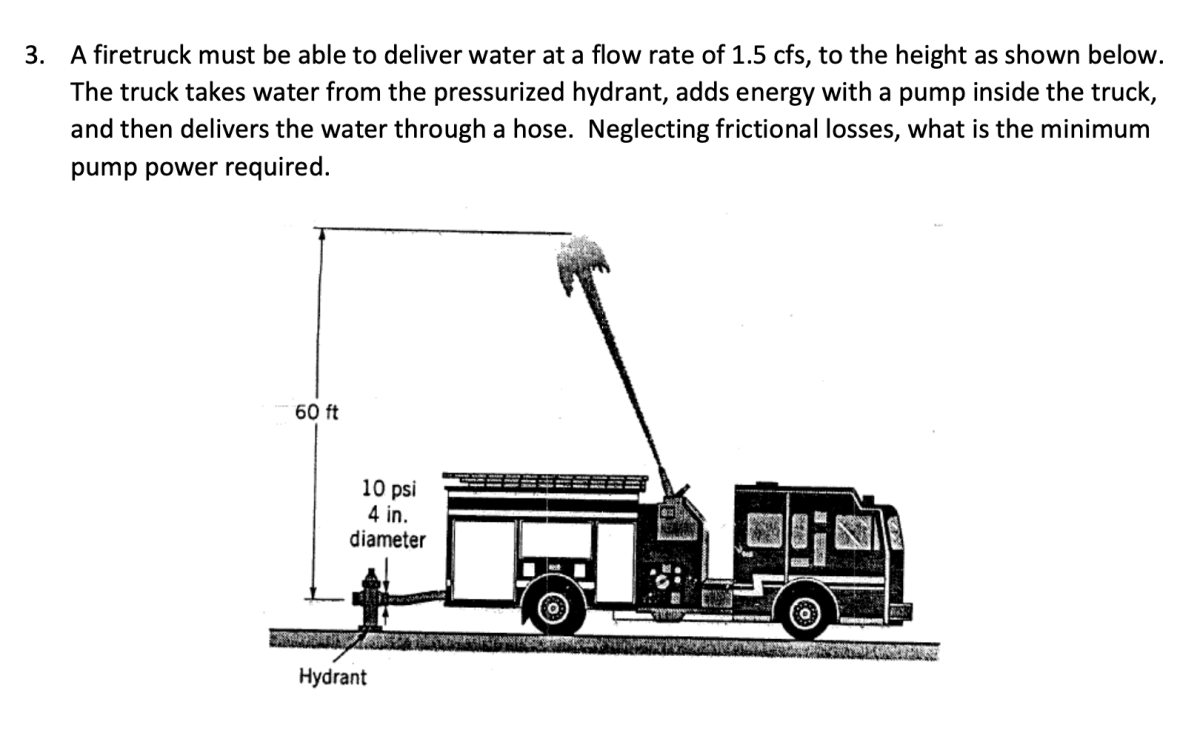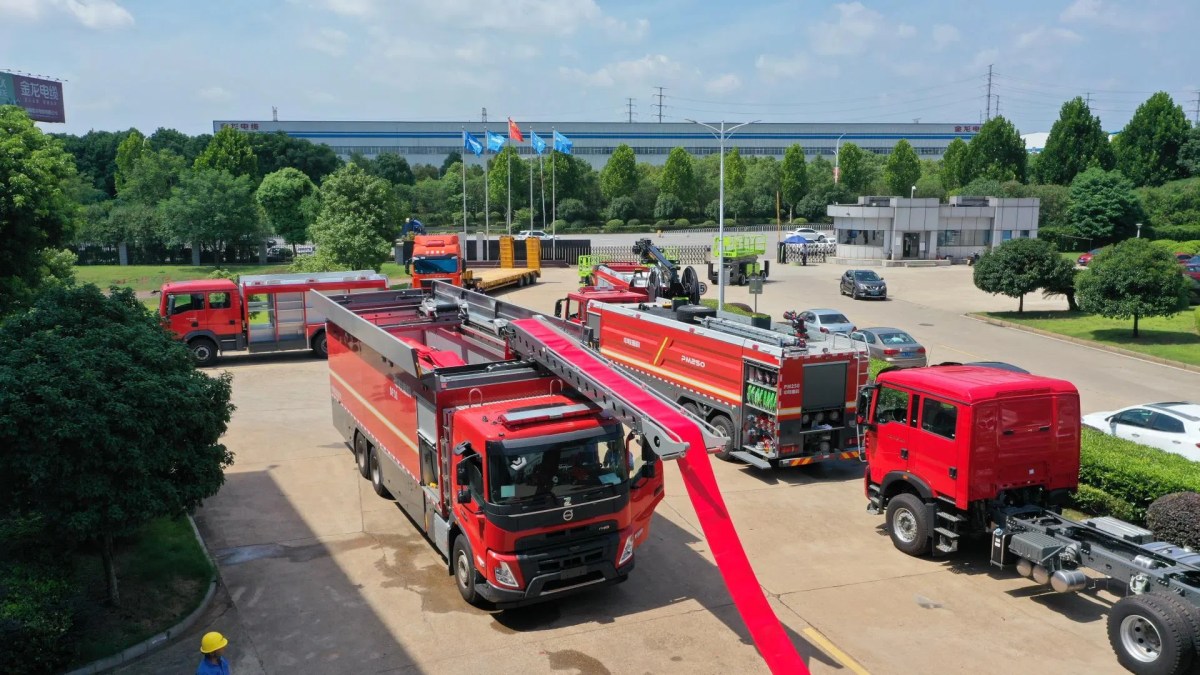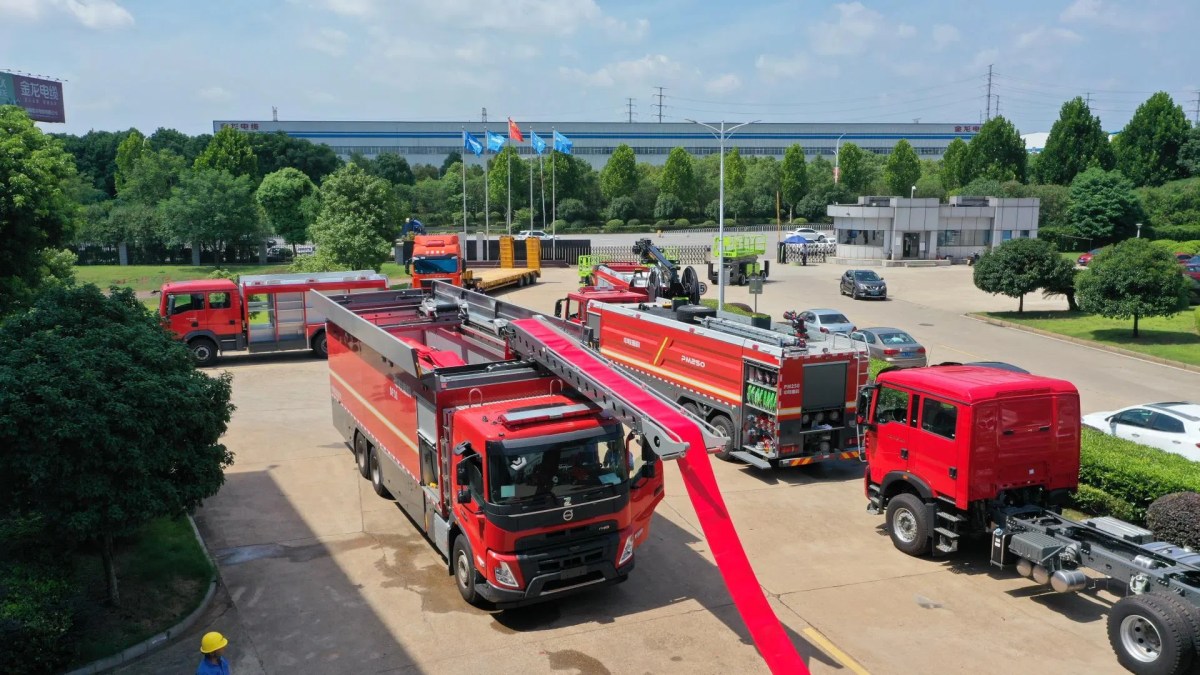Super Scooper: Imagine a tool so versatile it can handle everything from delicate lab samples to hefty industrial materials. This guide dives into the fascinating world of super scoopers, exploring their diverse applications, ingenious mechanisms, and future potential. We’ll uncover the science behind their design, discuss safety protocols, and even explore some hypothetical scenarios showcasing their effectiveness.
From defining what exactly constitutes a “super scooper” and examining the various types available, to detailing their components and operation, we’ll cover it all. We’ll also look at the advantages and disadvantages of using super scoopers compared to other methods, and provide essential maintenance and safety tips. Finally, we’ll peek into the future of super scooper technology and the innovations on the horizon.
Understanding Super Scoopers

Super scoopers, while not a widely recognized term in everyday language, represent a class of specialized equipment designed for efficient material handling. They are characterized by their ability to quickly and effectively transfer large volumes of loose materials. This article delves into the various aspects of super scoopers, from their definition and applications to their operational mechanisms and future potential.
Defining “Super Scooper”
A super scooper is a piece of machinery used for the rapid and efficient transfer of bulk materials, typically loose or semi-loose materials like sand, gravel, grain, or snow. While there isn’t a standardized classification, super scoopers can be categorized based on their size, operating mechanism (e.g., hydraulic, pneumatic), and material handling capacity. Their primary function is to maximize the volume of material moved per cycle, thus improving efficiency compared to traditional methods like shovels or smaller scoops.
Ever wondered how wildfires are tackled from the air? A key player is the super scooper, a specialized aircraft designed for rapid water collection and aerial firefighting. Check out this cool resource for more info on these amazing machines: super scooper. Learning about super scoopers really highlights the innovative technology used in wildfire suppression.
Applications of Super Scoopers
Super scoopers find application across a wide range of industries and scenarios where the rapid transfer of bulk materials is crucial. Their efficiency and capacity make them invaluable assets.
- Construction and demolition: Moving rubble, gravel, sand, and other construction materials.
- Agriculture: Handling grain, feed, and other agricultural products.
- Snow removal: Clearing large volumes of snow from roads, parking lots, and other areas.
- Mining and quarrying: Transporting mined materials.
- Disaster relief: Moving debris and assisting in cleanup operations.
For example, imagine a large-scale construction project where a significant amount of excavated earth needs to be moved quickly to a designated dump site. A super scooper could significantly accelerate the process, reducing project timelines and labor costs.
Components and Mechanisms

A super scooper’s design typically involves a large, open-ended scoop attached to a powerful lifting and conveying mechanism. The specific components and mechanisms vary based on the design and intended application.
| Design Type | Material | Capacity (cubic meters) | Operating Mechanism |
|---|---|---|---|
| Hydraulic Bucket Loader | High-strength steel | 1-5 | Hydraulic cylinders for lifting and tilting |
| Pneumatic Conveyor System (for smaller materials) | Aluminum alloy, reinforced polymers | 0.5-2 | Air pressure for suction and transport |
| Front-End Loader with Large Bucket | Steel, reinforced with wear-resistant plates | 2-10 | Hydraulic arms and bucket |
Advantages and Disadvantages

Super scoopers offer several advantages over manual or smaller-scale material handling methods, but also present certain limitations.
- Pros: Increased efficiency, reduced labor costs, higher capacity, faster material transfer.
- Cons: High initial investment cost, requires specialized operators, potential for damage to delicate materials, may be unsuitable for confined spaces.
Safety and Maintenance
Safe operation and regular maintenance are crucial for maximizing the lifespan and effectiveness of a super scooper. Adherence to safety protocols and a preventative maintenance schedule are essential.
Okay, so you’re thinking about super scoopers, those awesome firefighting planes, right? Imagine the skill needed to pilot one – it’s like the precision of a hockey player, almost as intense as watching a game between connor mcdavid auston matthews. The focus and coordination required for both are incredible; both a super scooper pilot and these star players need nerves of steel to succeed under pressure.
Back to those super scoopers though, their speed and accuracy are truly impressive!
- Pre-operation Inspection: Check for any damage, leaks, or loose components before each use.
- Operator Training: Ensure operators are properly trained and understand safety procedures.
- Regular Lubrication: Lubricate moving parts according to the manufacturer’s recommendations.
- Cleaning and Storage: Thoroughly clean the super scooper after each use and store it in a safe, dry location.
Future Developments, Super scooper
Ongoing advancements in materials science and automation technology hold the potential to significantly improve super scooper design and functionality.
The incorporation of lighter yet stronger materials, such as advanced composites, could enhance efficiency by reducing weight and improving fuel economy. Automation features, like self-leveling mechanisms and integrated sensors for material detection, could further optimize operation and safety. Remote-controlled or autonomous operation is also a promising area for future development, potentially reducing the risk to human operators in hazardous environments.
Super Scoopers are awesome firefighting planes, right? They’re built tough, but even they could be vulnerable to mid-air collisions. Think about the dangers – check out this article on a plane hit by drone to see what I mean. The incident highlights how important airspace safety is, even for massive aircraft like Super Scoopers, which need clear skies to effectively fight wildfires.
Illustrative Example
Imagine a bright yellow hydraulic super scooper, its steel body gleaming under the midday sun. It’s scooping up a mountain of dark, coarse gravel, the individual stones ranging in size from pebbles to small fist-sized rocks. The gravel is damp from a recent rain, giving it a slightly darker, almost oily sheen. The super scooper’s massive bucket, approximately 3 meters wide and 2 meters deep, is nearly full.
As it lifts the heavy load, the hydraulic arms groan slightly under the strain, before smoothly depositing the gravel into the waiting bed of a large dump truck. The entire process, from scooping to dumping, takes less than a minute, a testament to the super scooper’s remarkable efficiency.
Ultimate Conclusion
Super scoopers, while seemingly simple, represent a clever blend of engineering and practicality. Their adaptability across diverse industries highlights their value, while ongoing advancements promise even greater efficiency and safety in the years to come. Whether you’re a seasoned professional or simply curious, understanding the world of super scoopers offers a fascinating glimpse into the ingenuity of problem-solving through clever design.
FAQ Summary
What materials are super scoopers typically made from?
Common materials include stainless steel, high-density plastics, and even specialized alloys depending on the intended application and the material being handled.
Are there any legal regulations governing the use of super scoopers?
Regulations vary by location and industry. Always check local and industry-specific safety standards and regulations before using a super scooper.
How do I choose the right super scooper for my needs?
Consider the material being handled (size, weight, texture), the environment (indoor/outdoor), and the required capacity when selecting a super scooper.
How often should I maintain my super scooper?
Regular cleaning and inspection are crucial. Frequency depends on usage, but daily or weekly checks are recommended, with more thorough maintenance as needed.
